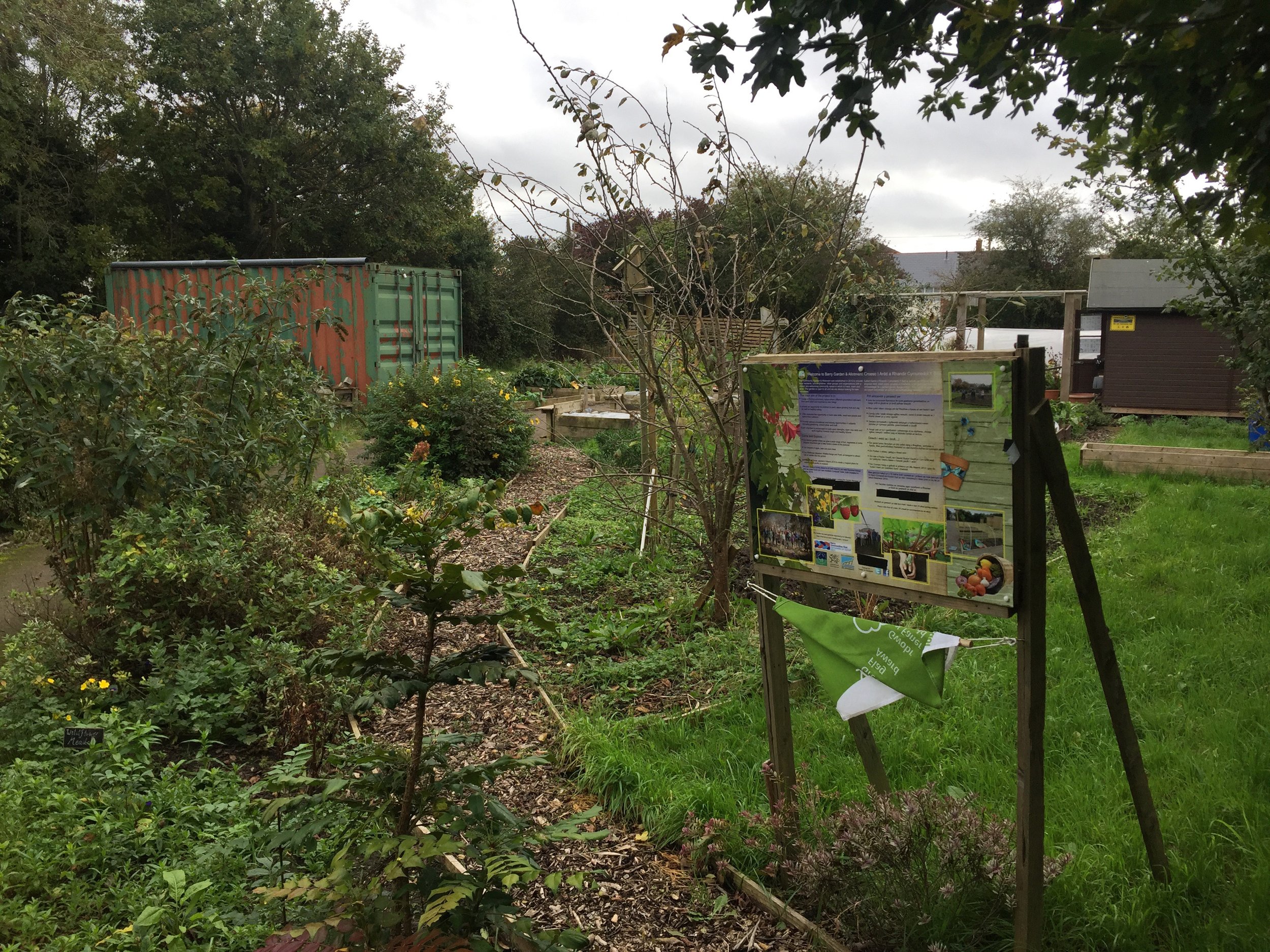Parks and green spaces
Successful green spaces bring wide-reaching benefits by encouraging biodiversity, social interaction, exercise and play. Places with high quality green spaces attract economic investment and are perceived as good places to live and work, while children socialise better where there are good places to play outdoors.
Well designed and maintained green spaces which relate to the landscape and heritage can be an important component of local distinctiveness. Some parks and gardens have historic or heritage importance and are listed on a Cadw/ICOMOS Register.
The ‘green infrastructure’ of a place is made up of street trees, verges and hedges, pocket parks, greens, cemeteries, parks, playgrounds, playing fields, woods, allotments, river edges, as well as successful connections between these and out to the wider landscape. Some parks or green spaces may be used by different age groups or at different times of the year or day. Consider how well connected they are and how safe they are to get to and use.
Questions to consider
Where are the green spaces in your place, and what types are they?
Which are the most popular, and what activities are available in them?
Are green spaces connected, and do they connect into the wider surroundings?
Who uses different spaces, and how safe do they feel? Are they well maintained?
Where do people go to play, and what opportunities are available for different ages?
-
• Are there any community gardens in your community? Community Land Advisory Service Cymru
• How might we adapt land for the future?
• How much do you know about the trees in your townscape?
• Find out about developing and managing play spaces in your community: Play Wales | Chwarae Cymru

